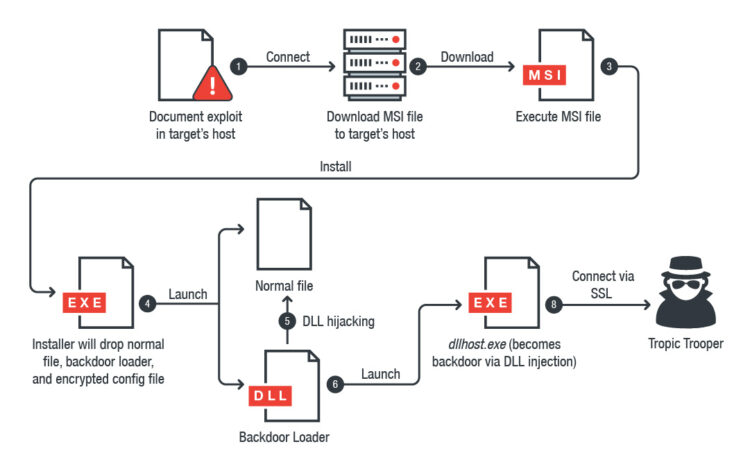Recent cyberattacks and incidents have been a major source of concern for businesses and regulatory authorities alike. Cybercriminals seem to find new ways to attack businesses across the globe, and the aftermath of a security breach can be devastating to say the least. One of the common ways in which hackers often launch an attack or steal data is through backdoors. In this post, we are decoding backdoor attacks in detail.
Understanding backdoor attacks
Think of this situation – A burglar tries to open the door of your home. Despite the best efforts, he fails in his attempts. He turns back, goes behind the house, and finds a door that’s left open. He gets in, steals whatever he wants, or maybe, he will choose to come back every other day and steal something valuable. This is a backdoor.
Now, imagine the same situation for your IT network. A backdoor is basically unauthorized entry into an account, device, or network, without the knowledge of the user. Backdoor attacks are hard to find, because unless there is penetrative testing and network scans, it’s hard to find that someone has been accessing company resources.
Keeping hackers at bay
For most businesses, the biggest problem is about keeping hackers at bay, which is only possible through precautionary measures. Being proactive is the only way to tackle backdoor attacks. First and foremost, ensure that your employees are educated about cybersecurity. They need to know how hackers are using various methods like social engineering to attack users, and how to prevent malware attacks. Sometimes, it might be necessary to hire experts, who can train your people and explain the basic details of cybersecurity in detail.
Small steps to consider
Change all default passwords and usernames immediately after product deployment. This applies to new software, firmware, and even IP cameras. Secondly, ensure that passwords are strong, unique and absolutely safe. If your employees are unsure of how to save passwords, recommend a password manager. For added security, consider other ways to keep accounts, devices, and networks safe, like using multifactor authentication and lockout feature. Also, all firmware, software and OS must be updated to the latest versions, and get rid of any software or program that’s not in use anymore.
Backdoor attacks are often related to malware, but all backdoors are created by hackers. Sometimes, a company may create a backdoor for testing and other reasons. Nevertheless, keep an eye on network activities.













